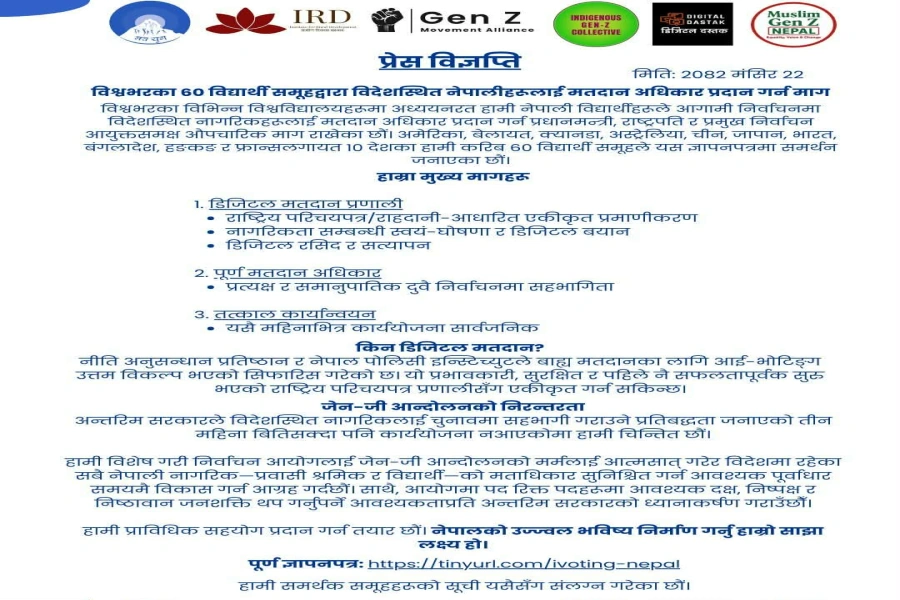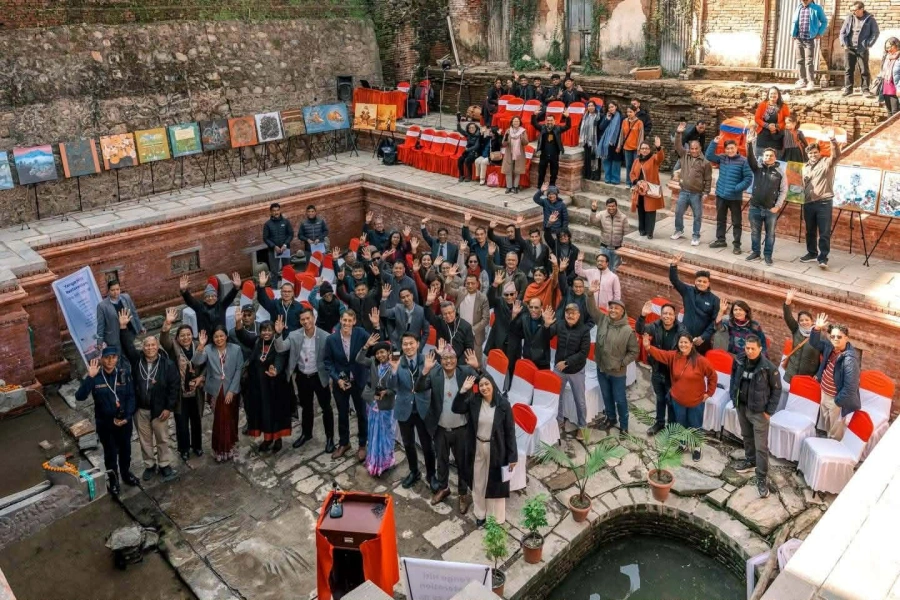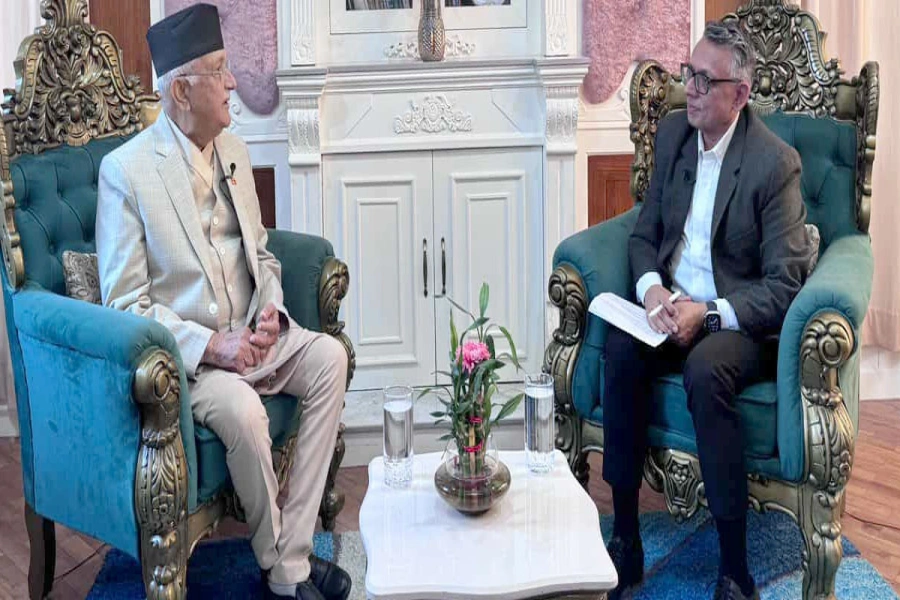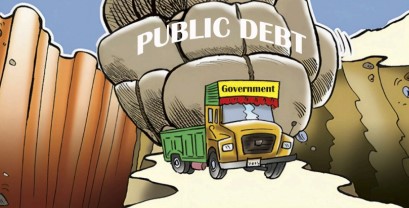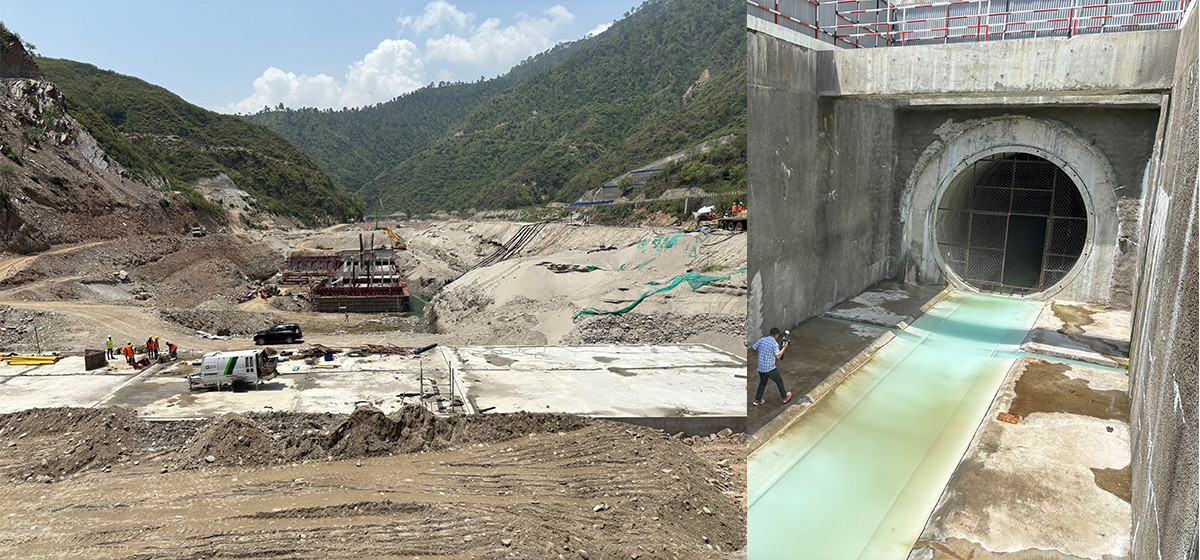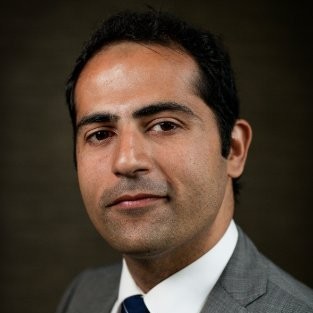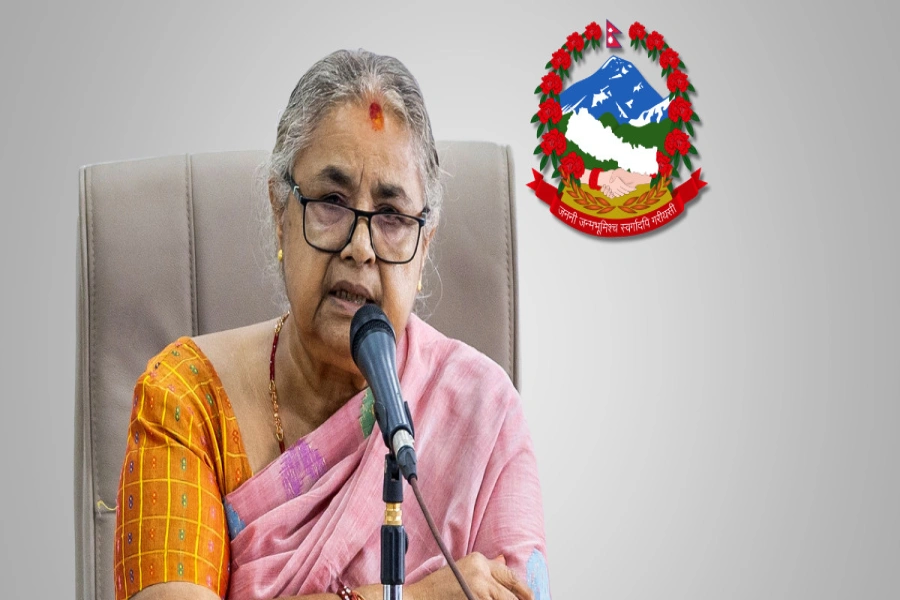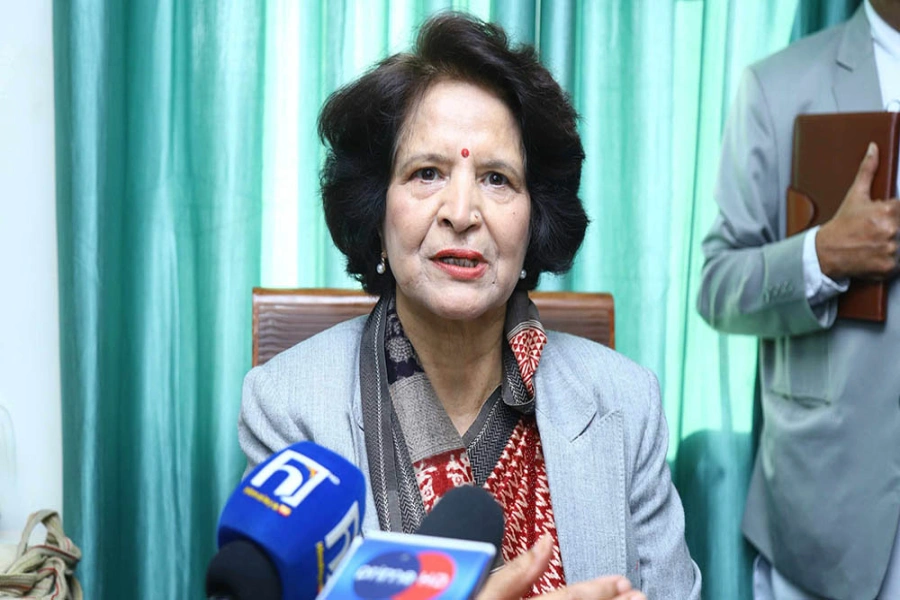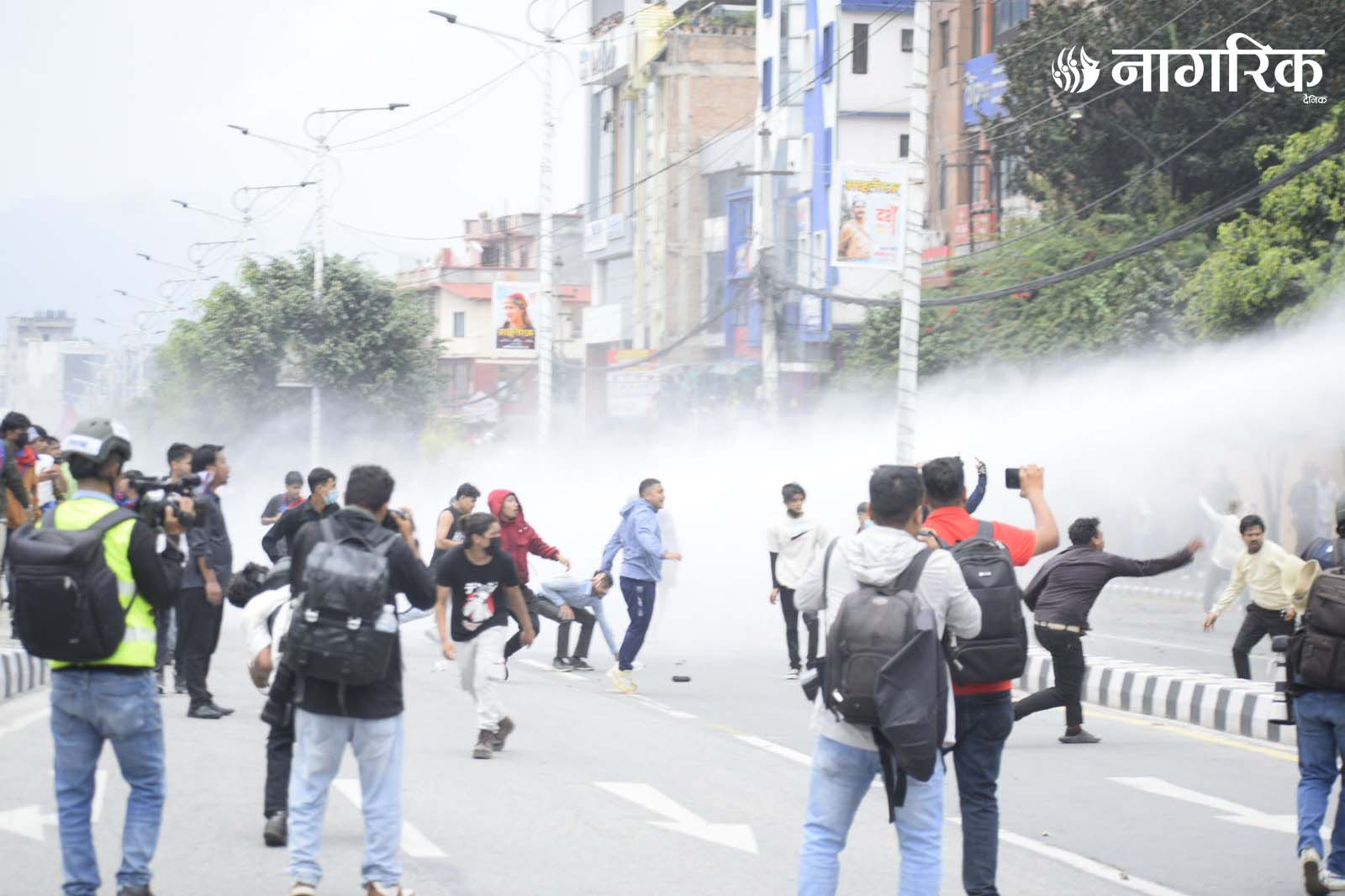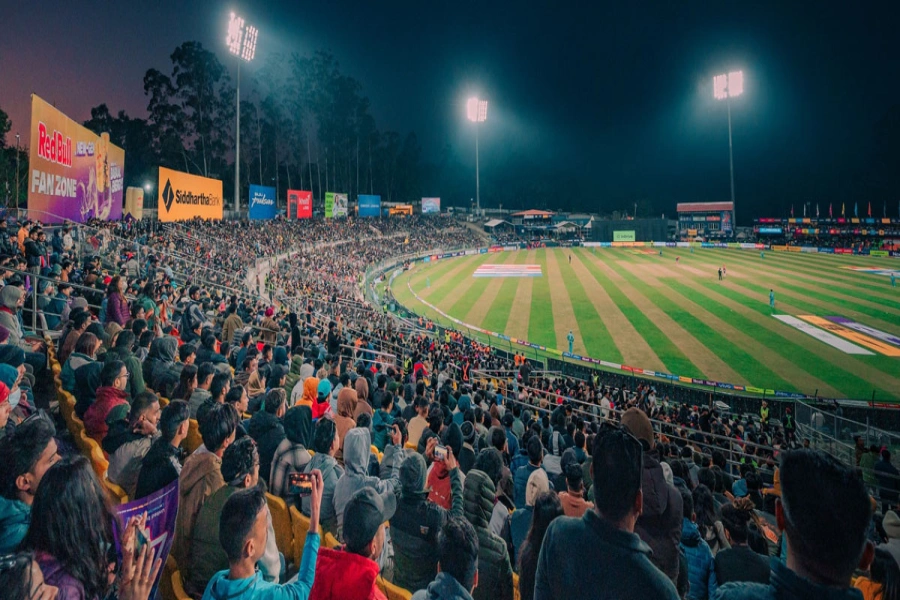KATHMANDU, May 14: The global informal economy is estimated to be equivalent to 11.8 percent of the total Gross Domestic Product (GDP). However, a recent report reveals that in three countries, including Nepal, the informal economy exceeds 50 percent of their GDP.
The informal economy is primarily driven by activities such as smuggling, corruption, black market trading, drug trafficking, and legal but informal economic operations. Globally, it is widely acknowledged that economic crimes play the most significant role in the formation of the shadow economy.
According to data published by VisualCapitalist.com, based on a report from the International Monetary Fund (IMF), the informal economy in Sierra Leone, Niger, and Nepal is estimated to exceed half of their respective GDPs.
Nepal's informal economy is 41 percent of GDP

According to the report, the informal economy in the United States accounts for 5 percent of its GDP, with an estimated value of around $41.4 trillion.
The report states that the global informal economy contributes trillions of dollars in revenue annually and is driven by criminal activities and unrecorded transactions. In low-income countries, the informal economy covers a large portion of GDP—estimated at 42.4 percent. In contrast, in high-income countries, it accounts for only about 5.9 percent.
The informal economy includes unreported or untaxed activities, making it difficult for regulatory bodies to monitor and enforce laws.
This includes illegal industries, drug trafficking, corruption-related illicit transactions, and cash-based dealings. Although measuring the informal economy is challenging, it has been observed that its share of global GDP has decreased—from 17.7 percent in 2000 to 11.8 percent in 2023.




